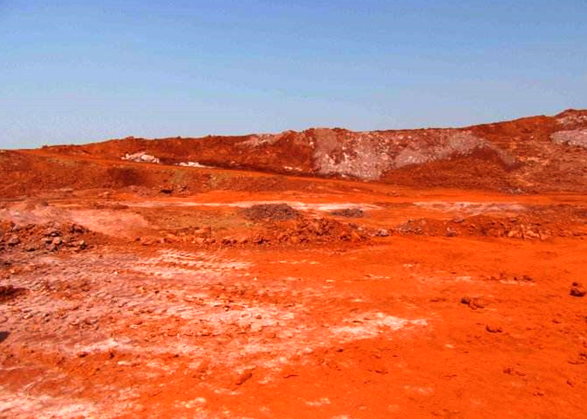Red mud is used for key technology of flue gas wet desulfurization
Technical principle
1. Technical background
Coal-fired flue gas desulfurization is a nationwide mandatory air pollution control measure. Traditional lime or limestone desulfurization, sodium-alkali desulfurization and other technologies have large investment, high operating costs, and the need to dispose of desulfurization by-products such as desulfurization gypsum, which increases the economic burden on enterprises.

Red mud has fine particles, large specific surface area, strong alkalinity, and high content of effective sulfur-fixing components (Fe2O3, Al2O3, CaO, MgO, Na2O, etc.), and has strong adsorption capacity and reactivity to SO2 gas.
Red mud is used in flue gas wet desulfurization technology, which is a comprehensive utilization technology of red mud with great application prospects.
2. Key technologies
① Through reasonable process conditions and equipment configuration, it is necessary to ensure effective neutralization of red mud to achieve red mud dealkalization, and to ensure the removal efficiency of sulfur dioxide in flue gas, so as to achieve standard emission of flue gas;
② Through the reasonable design or transformation of the desulfurization tower, the increase of flue gas particulate matter can be avoided;
③The selection of appropriate sodium removal agent realizes the recovery of sodium in the sodium sulfate wastewater and the recycling of water, avoiding the accumulation of sodium sulfate and the blockage of pipeline crystals.
3. Technical advantages
①After desulfurization, the alkalinity of red mud is reduced, and the environmental impact is reduced, which can reduce the cost of storage and anti-seepage;
②The sodium content of red mud after desulfurization is reduced, which is conducive to the comprehensive utilization of building materials and road construction;
③Red mud can replace lime, limestone or lye to reduce the cost of desulfurizer;
④Compared with dry desulfurization and lime desulfurization, red mud desulfurization has high desulfurization efficiency and can reduce the energy consumption cost of desulfurization.
Benefit Analysis
①It has been proved by industrial tests that 1t of red mud can absorb 100-180kg of SO2. If red mud is used for desulfurization of alumina coal-fired boilers, the cost of desulfurization agent can be saved, and the energy consumption of desulfurization can be reduced.
②According to the consumption of 400kg of standard coal per ton of alumina, and the S content of 0.4%, an alumina enterprise with an output of 1 million t/a can save about 1 million yuan in the cost of desulfurizer every year (depending on the sulfur content of the coal used) .
Typical Case
The industrialization test of 15,000 m2 flue gas volume has been carried out, and the test parameters are as follows:
①Red mud corrosiveness: 12.02 reduced to 7.60;
② Flue gas volume: 13000~16000m3/h;
③Liquid-gas ratio: 3.8~4.6L/m3;
④ The SO2 concentration in the flue gas is removed from 8000mg/m3 to below 35mg/m3;
⑤By calculation, 1 ton of dry red mud absorbs about 100~180kg of SO2;
⑥ Desulfurization by-products are used in the preparation of building materials and yard reclamation.
